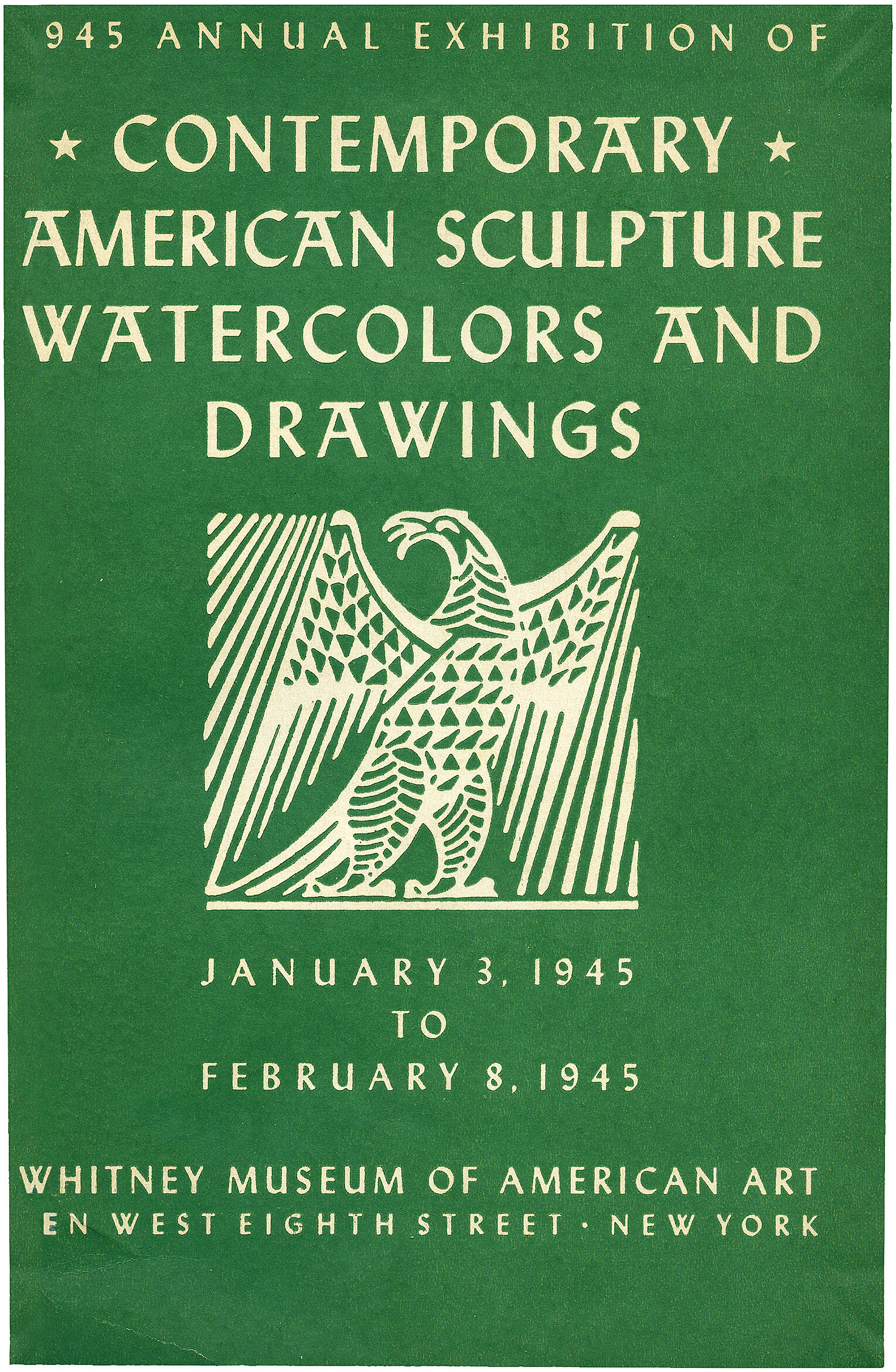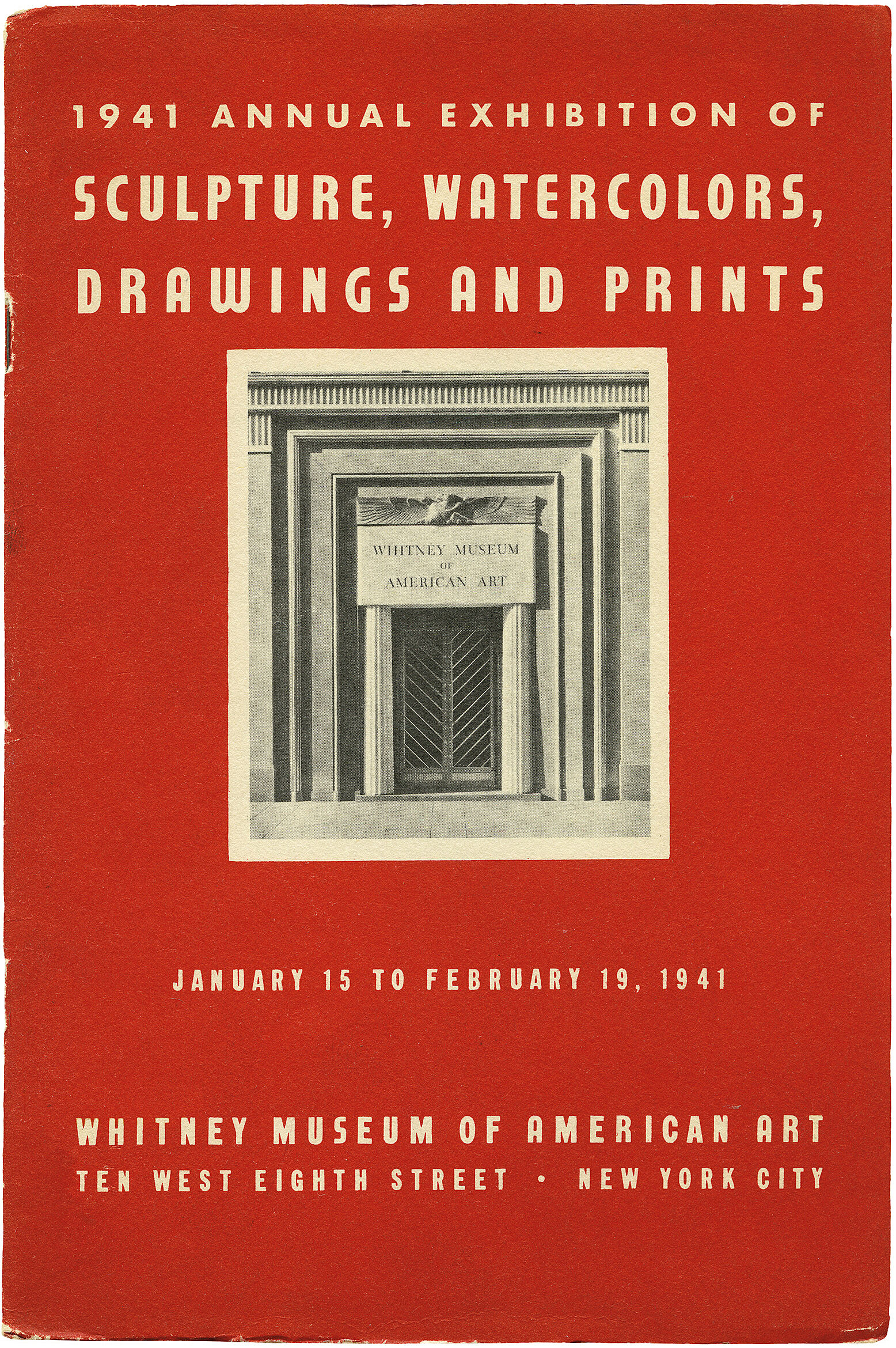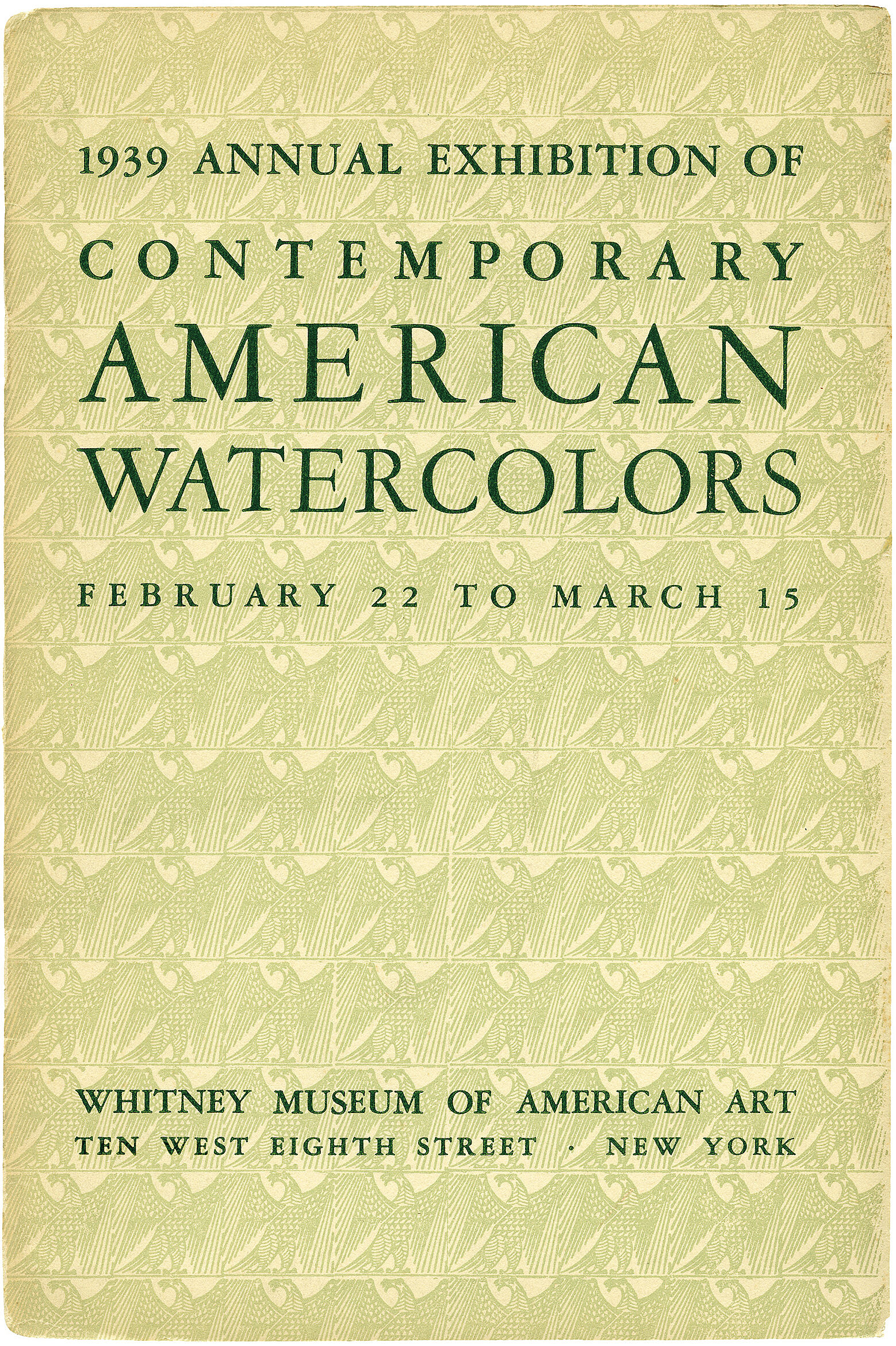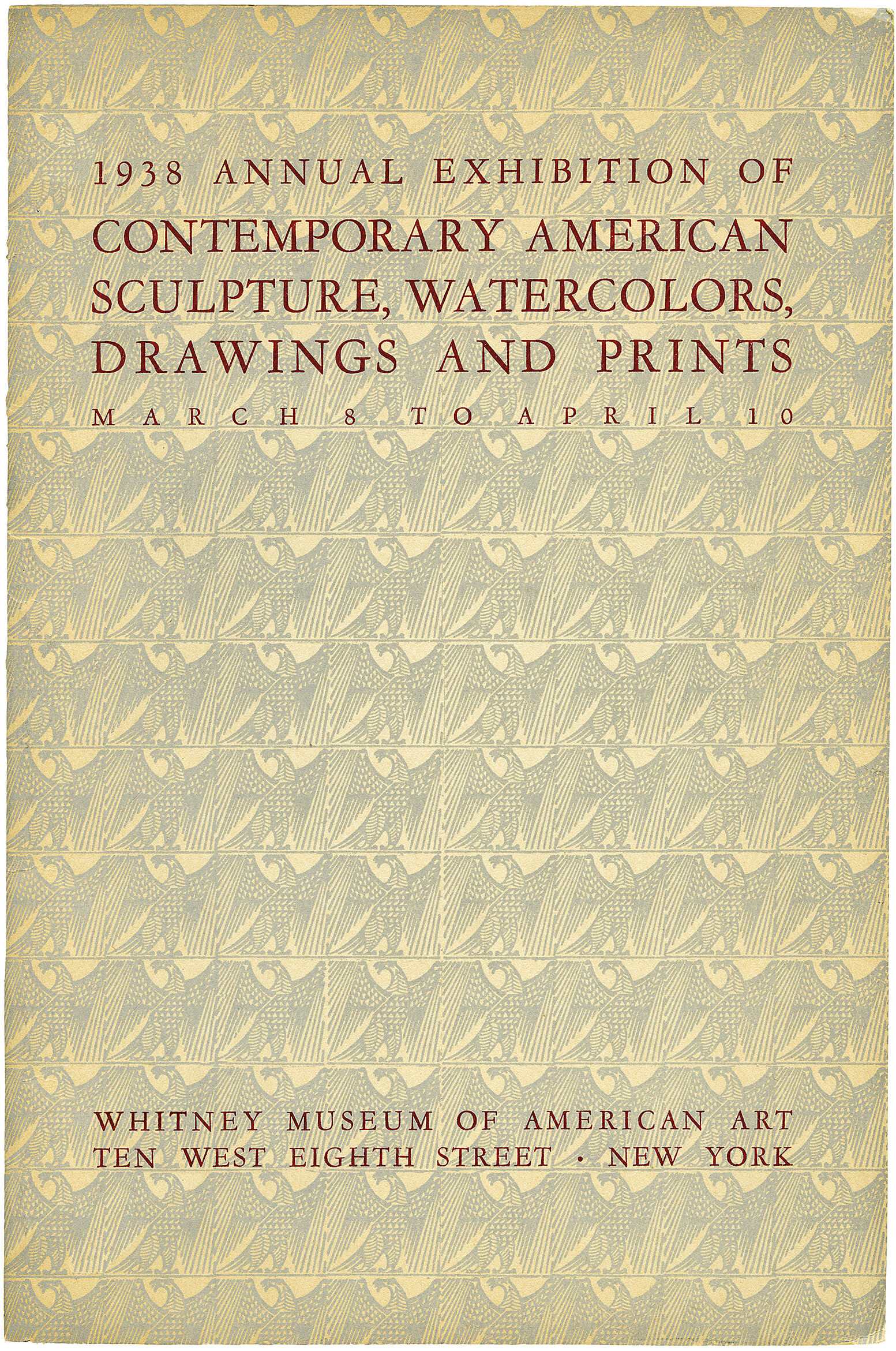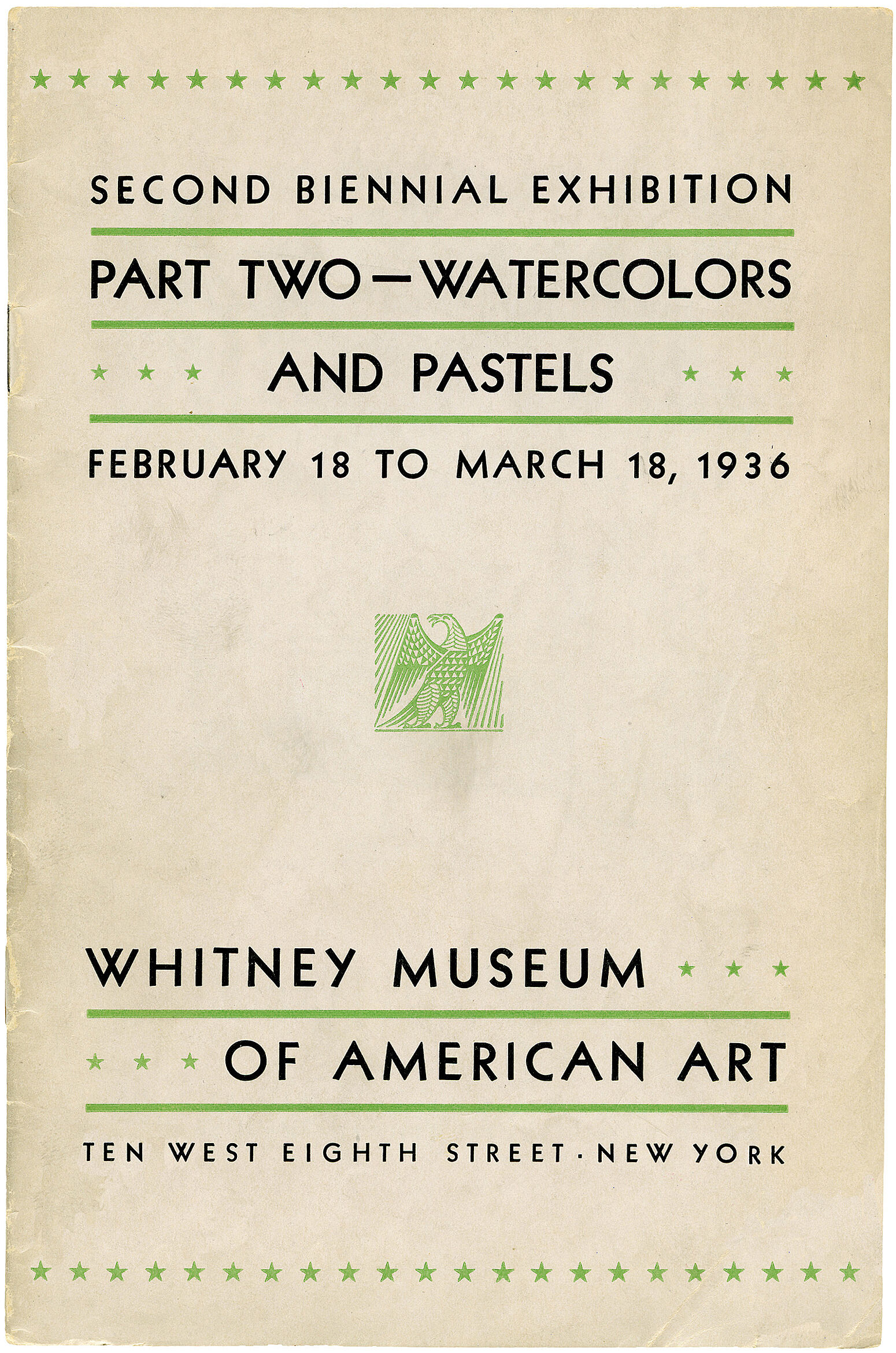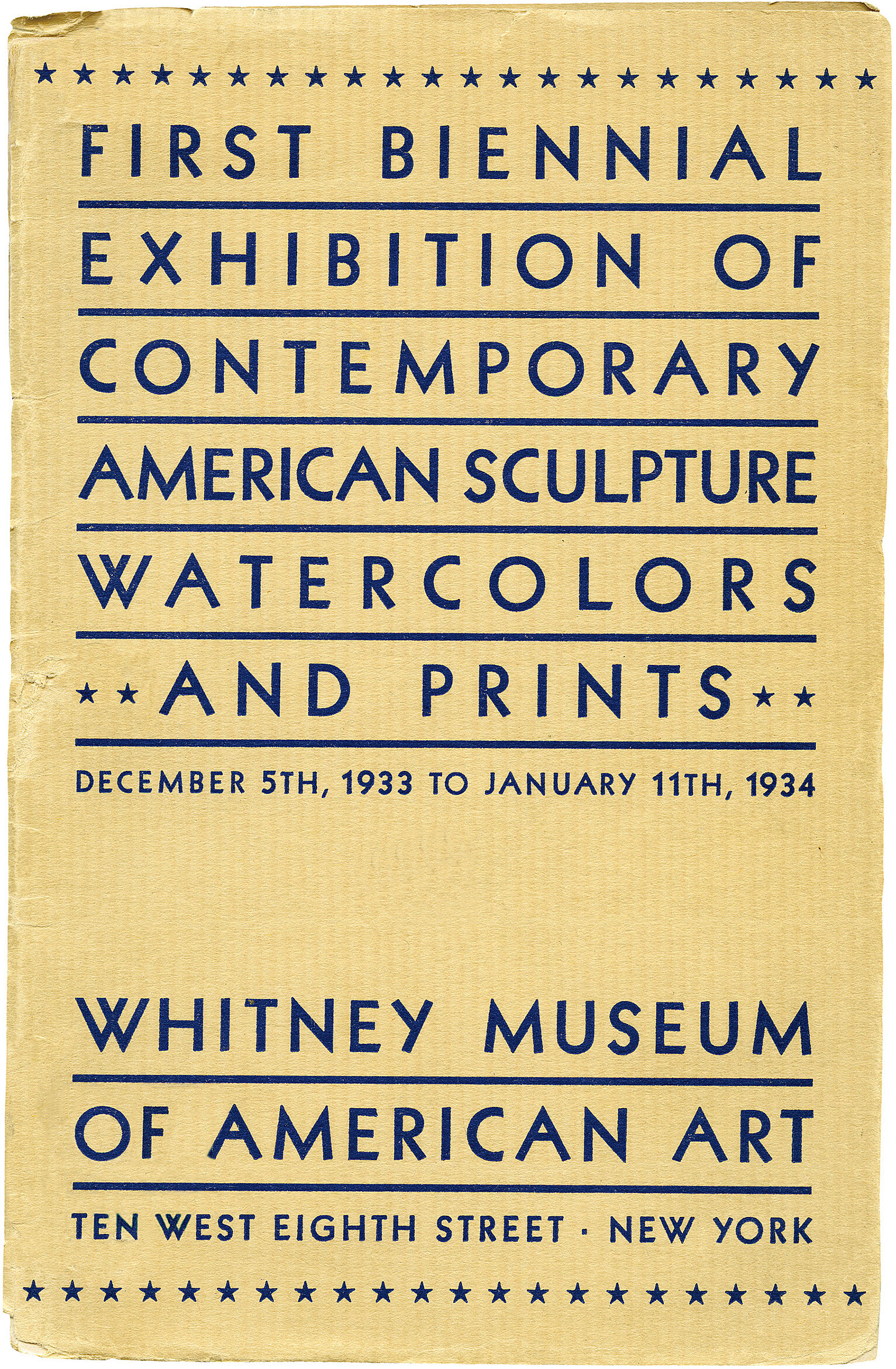John Whorf
1903–1959
Introduction
John Whorf (1903–1959) was an American realist artist who is best known for his watercolors. From his first exhibition in 1923 until the last in 1958, his work remained popular with both critics and collectors. In 1929, art historian Lloyd Goodrich said Whorf had "inherited the mantel" of John Singer Sargent, adding, "Mr. Whorf, although he is still under 30, is perhaps the most brilliant watercolorist in America today, if we take 'brilliancy' to mean a breath-taking skill in depicting reality." A bit later, the essayist and critic Lewis Mumford wrote that Whorf's paintings "are perhaps the finest example of current realism one can find anywhere, not excepting the water colors of Hopper."
Born in a Massachusetts North Shore town, Whorf spent his childhood summers in Provincetown and later made his home within Provincetown's art community. He received his first art training from his father, a commercial artist, and subsequently in a Boston museum school, in Provincetown's summer art sessions, and, briefly, in two Paris art academies. He traveled to Europe while still in his teens, there establishing his preference for watercolors over oils, and returned with enough work to stage his first solo exhibitions. These shows received favorable reviews from critics and resulted in many purchases by collectors. Looking back on them, a reviewer for the Christian Science Monitor later wrote that he had "leapt into fame with no preliminaries".
Whorf's choice of subjects and style of painting varied little over the course of his career. He made landscapes, seascapes, and marines; cityscapes and scenes of country life; paintings of circuses, gypsies, and other genre subjects; as well as nudes and some still lifes. Recognizing this breadth of subject matter, New York Times' critic Howard Devree wrote in 1937 that "Whorf's shore papers make feel the cold spray blown sting inland and evoke the feel of power in the serried waves rushing the land. But he has an eye for wet vistas of city streets, houses and trees by day and night with intricate play of shadows, and the hunter or angler going about his pursuits."
Critics called attention to Whorf's skill as a colorist, the artistry of his compositions, his "free and bold brushwork", and a gift he was seen to possess to convey "vital human interest". They also mentioned the emotions evident in his paintings. One said they were expressive and uninhibited. Whorf himself once told an interviewer, "To be a great artist, one must be a fanatic. Today, most of them think too much and feel too little." In a 1934 review of Whorf's paintings, New York Times critic Edward Alden Jewell said his paintings were able to attract the viewer's attention with "a magnet of strangeness and piquant spiritual adventure." He said Whorf's "naturalism is suffused with a kind of magic that never detachedly defines an image of the thing itself, but always conjures an image that has been caught and distilled for us by the artist."
In 1959, Whorf died of heart disease while being transported by ambulance from his home in Provincetown to a hospital in Hyannis.
Wikidata identifier
Q21647153
Information from Wikipedia, made available under the Creative Commons Attribution-ShareAlike License . Accessed December 18, 2025.
Roles
Artist, painter
ULAN identifier
500027972
Names
John Whorf
Information from the Getty Research Institute's Union List of Artist Names ® (ULAN), made available under the ODC Attribution License. Accessed December 18, 2025.

